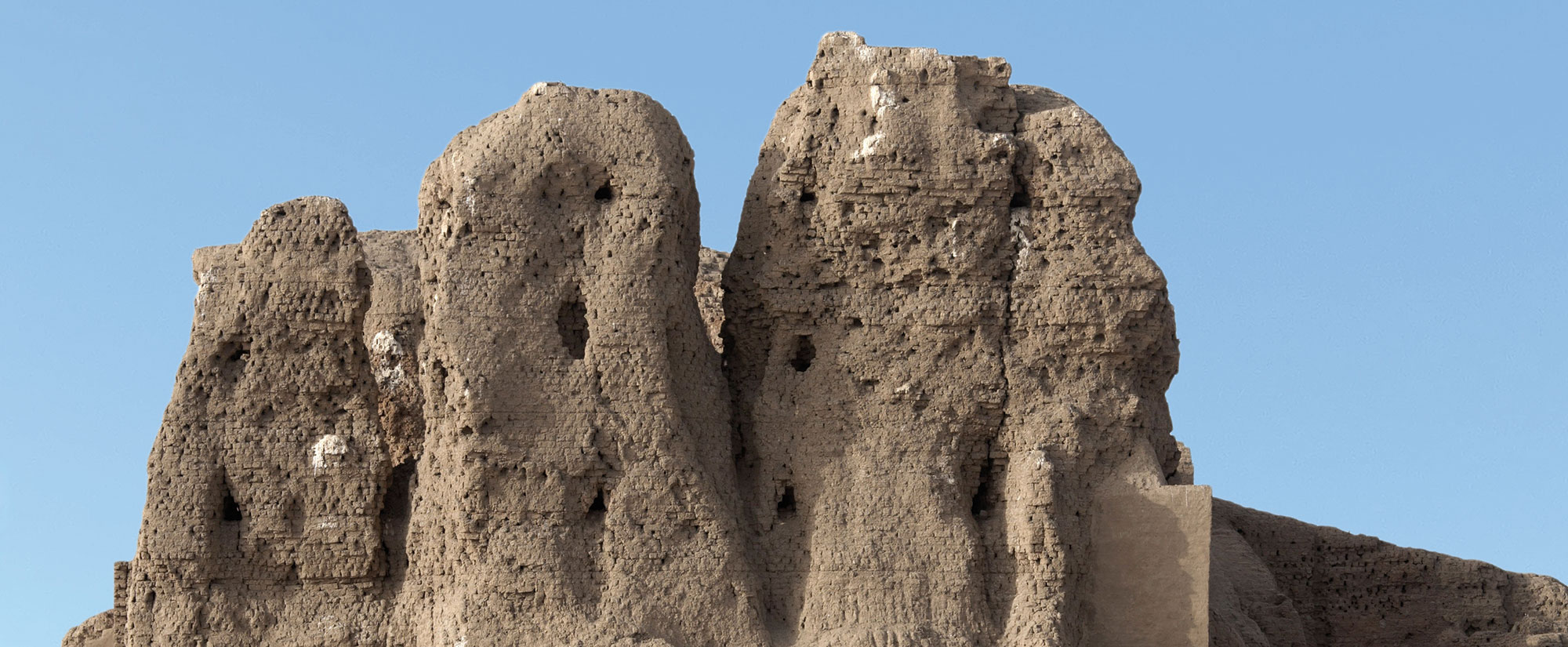
BARCELONA, SPAIN—According to an announcement released by the Autonomous University of Barcelona, an international team of researchers studied the diets of people who lived between 1,000 and 1,800 years ago on Brazil’s Amazon coast through the use of statistical models and analysis of the chemical composition of their bones. The study suggests that people ate mostly terrestrial plants and animals, despite living close to marine resources. Rodents such as those from the guinea pig family, the agouti, and the paca; the brocket deer; and catfish are all thought to have been consumed, in addition to wild and cultivated plants such as cassava, corn, and squash. Research team member André Colonese of the University of York said that populations living in lowland Amazonia must have dedicated considerable time and effort to hunting, forest management, and plant cultivation. To read about Indigenous cultivation in the Amazon rain forest beginning 6,000 years ago, go to "Dark Earth in the Amazon."











